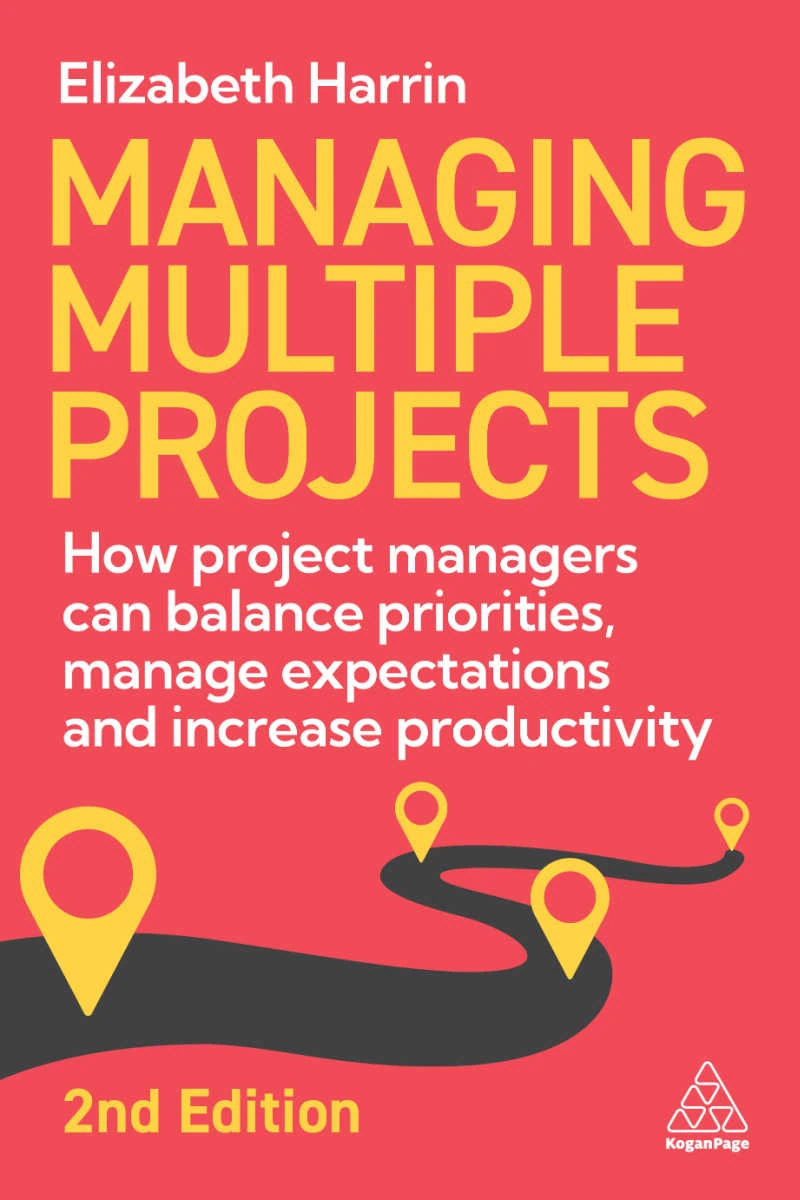Organisational Change: the biggest risk to business today #GartnerPPM
On Monday I attended the Gartner PPM & IT Governance Summit in London. Richard Hunter from Gartner was one of the speakers during the opening keynote and he said that when the Standish Group’s first Chaos report came out in the 1990’s it flagged project management as the largest risk facing businesses at the time. Today, however, project management practices have matured and now organisational change is the biggest risk for businesses.
He shared some research that Gartner had done about the perception of IT value and said that 5 things were statistically significant when it comes to whether people feel IT projects were worth it or not. They are:
- Needs identification
- Transparent investment
- Business process re-engineering and organisational change management
- Application delivery
- Measurement.
In other words, if you get these 5 things right you’ll have more chance of your projects being rated as successful by your stakeholders.
Richard’s comments on delivery were interesting. He said that most people execute 70% of the time – that’s to say that they do what they say they are going to do and hit the on time, on budget, on scope targets set. If you want to be part of the group that execute 90% of the time you need to spend more time on needs identification and transparent investment, especially when it comes to getting resources and identifying benefits.
Focus on change
The whole conference focused on what IT Portfolio Managers and Project Office leaders could be doing better. One of the benefits of a Gartner conference is the option to book one-to-one time with one of their analysts to discuss a problem or business challenge. I arranged my time and went along wanting to discuss project communication and the perception of value. However, it was blatantly obvious from the moment I sat down that I hadn’t adequately prepared for my session. I found the analyst unhelpful – they didn’t ask questions or offer much in the way of solutions, or share any research findings that could help me take this topic further.
I left after 15 minutes as it was clear that we had both run out of things to say. Maybe I chose the wrong analyst for this topic, maybe that wasn’t what I was supposed to be doing with the time. It was the lowlight of my day and I left feeling really quite stupid.
5 Areas to improve in PPM
Luckily there were lots of other sessions to make me feel better about myself and to teach me something new. Mark Langley, President and CEO of PMI took the stage in another keynote. He said that we do too much to differentiate ourselves with words: “Language influences behaviour but words confuse us sometimes.” He gave the example of how we describe project offices in loads of ways: PMO, Lean PMO,
He gave us 5 things to “do differently to help organisations succeed”:
- Align
- Simplify
- Invest
- Communicate
- Focus
Most of the things that organisations do, he said, are the things you do already. Only 22% of work, according to the McKinsey research he cited, is about increasing your portfolio or development work. That’s not a lot, but it seems to me that if we can improve that 22% then proportionately we’ll be making a massive difference to business results.
I’ll have some more write ups from the Summit in the next few weeks, so look out for those.
I attended the Summit as a guest of Genius Project.


